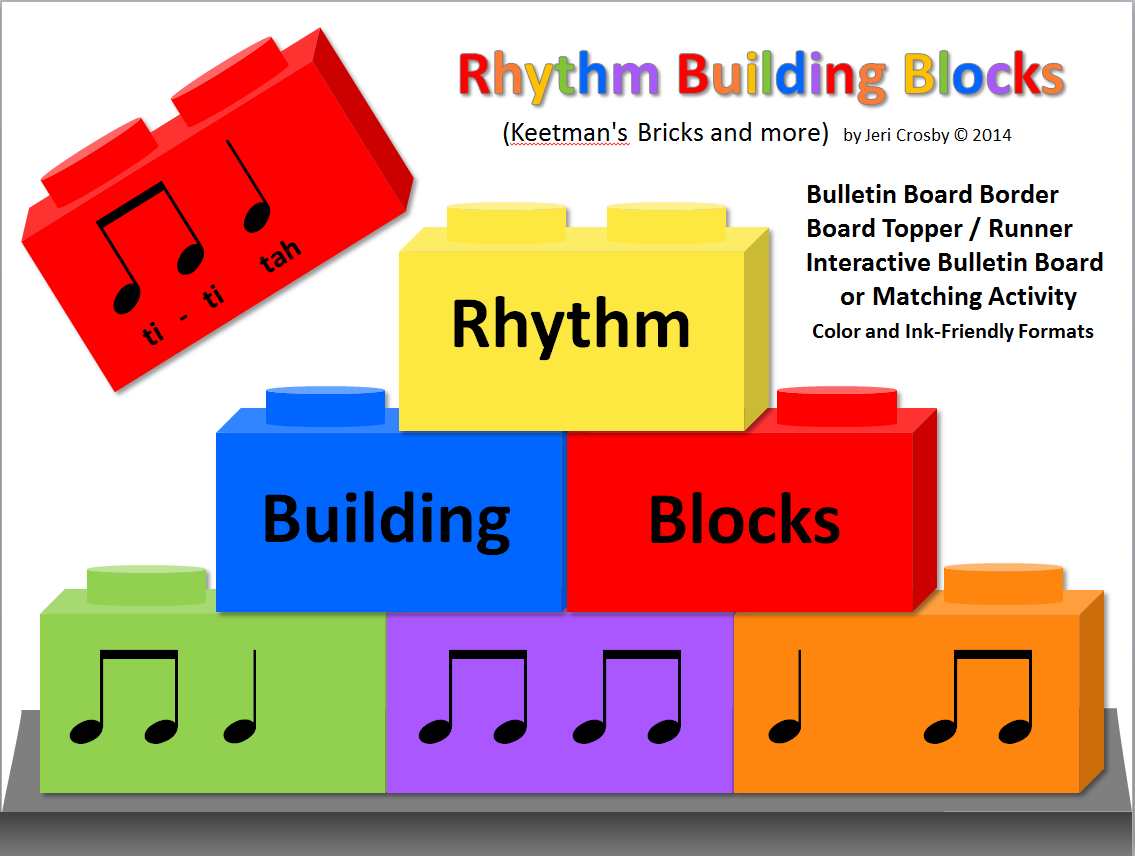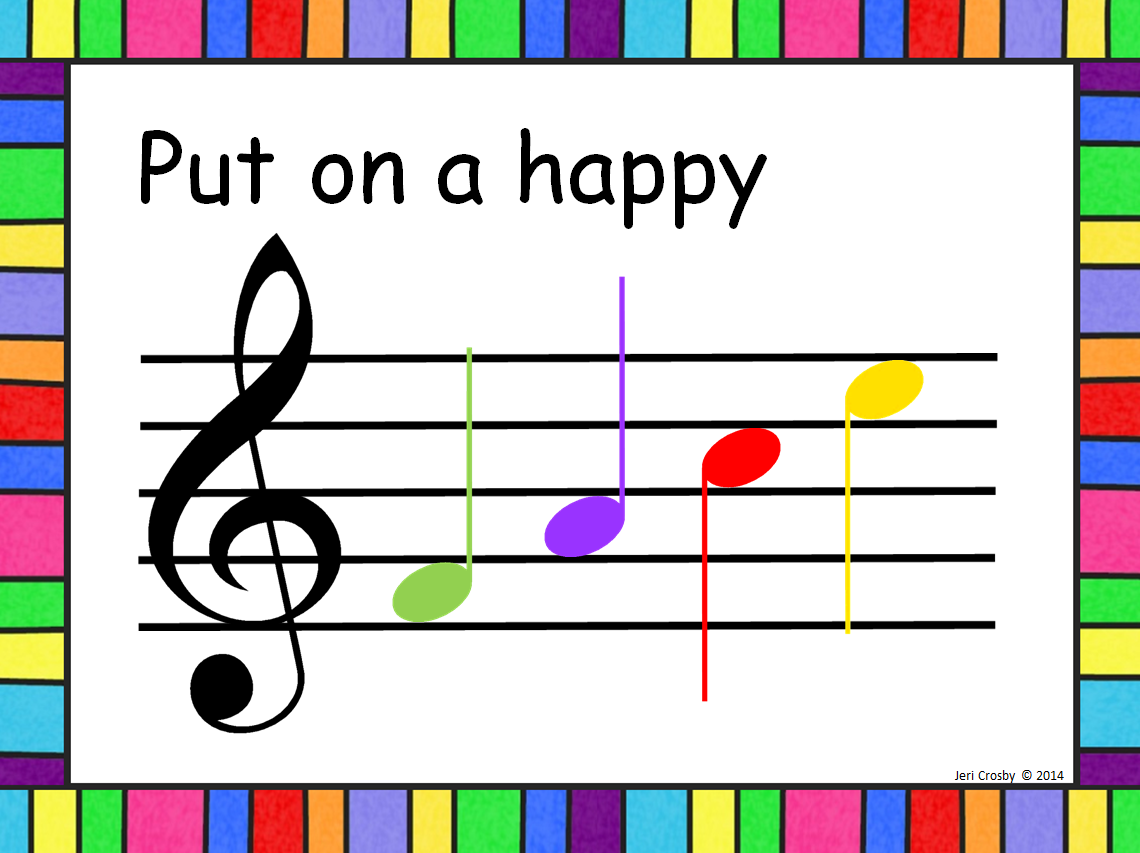Music connects naturally with math. In fact, rhythm is math. This video models how I introduce iconic rhythm notation with fraction strips. It is designed to help teachers prepare to teach this type of lesson, but it can also be used in the classroom to prepare students to compose and perform simple patterns. If used in the classroom, pause the video to further discuss math or musical concepts and adapt to student readiness.
“The best way to learn is through the powerful force of rhythm.“ - Wolfgang Amadeus Mozart (1756-1791)
"Second and third grade students who were taught fractions through musical rhythms scored one hundred (100) percent higher on fractions tests than those who learned in the conventional manner."
- “Rhythm Students Learn Fractions More Easily,” Neurological Research, 1999
"Students who can perform complex rhythms can also make faster and more precise
corrections in many academic and physical situations, according to the Center for Timing, Coordination, and Motor Skills. - Rhythm seen as key to music’s evolutionary role in human intellectual development, Center for Timing, Coordination, and Motor Skills, 2000.
A ten-year study indicates that students who study music achieve higher test scores, regardless of socioeconomic background." - Dr. James Catterall, UCLA.
"Students who are rhythmically skilled also tend to better plan, sequence, and coordinate actions in their daily lives."
- “Cassily Column,” TCAMS Professional Resource Center, 2000
“I would teach the children music, physics and philosophy, but the most important is music, for in the patterns of the arts are the key to all learning... Music is a more potent instrument than any other for education, because rhythm and harmony find their way into the inward places of the soul.” – Plato














.JPG)








